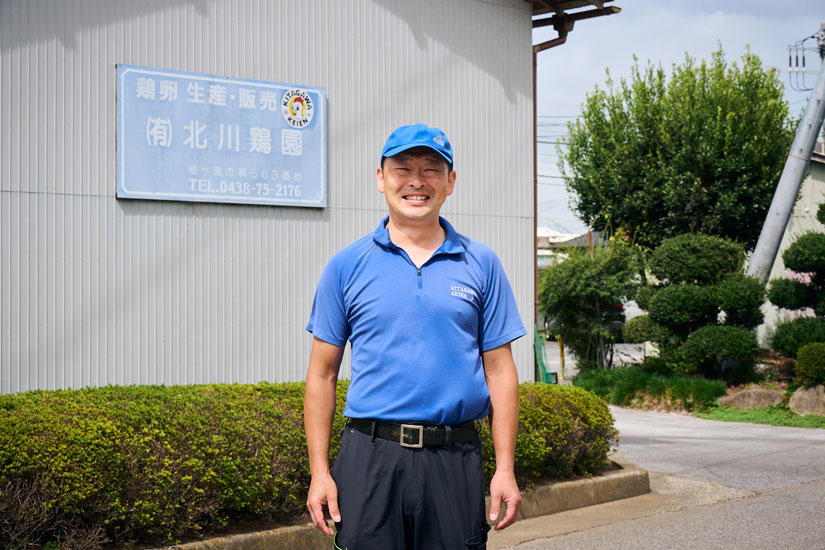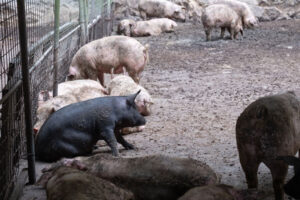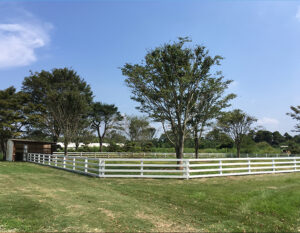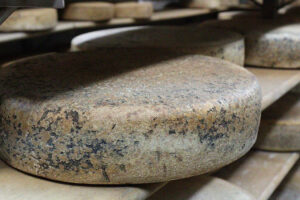Kitagawa Chicken Farm’s “Plincesse Eggs,” a regular winner of the Minister of Agriculture, Forestry and Fisheries Award, the highest award at the Chiba Prefecture Chicken Egg Quality Improvement and Promotion Fair, are also used at the famous sukiyaki restaurant Imahan in Asakusa, and are known as eggs that have the approval of food professionals. What is the secret of the chicken raising business of Mr. Takaki Kitagawa, the third generation of the family, who has persisted in his belief of “being a craftsman for craftsmen”?
Be a craftsman for craftsmen
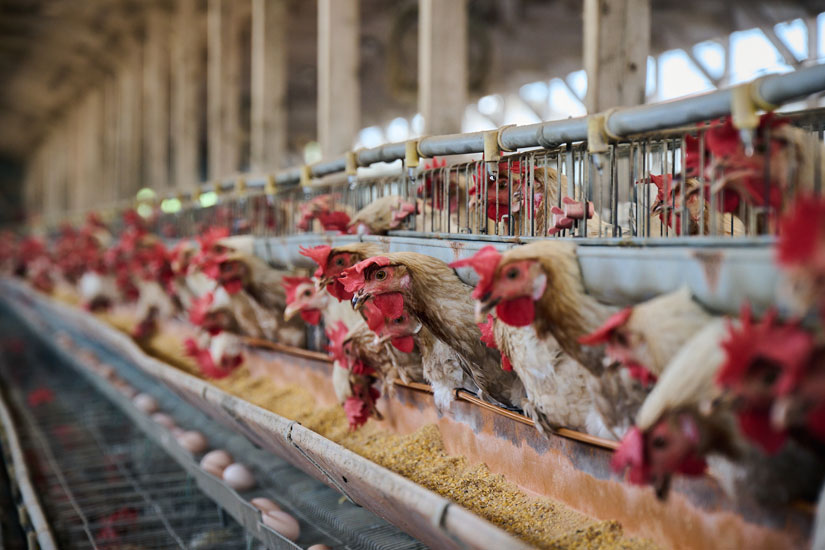
Less than an hour away from central Tokyo via the Tokyo Bay Aqualine. On a hilltop in Sodegaura City, adjacent to Kisarazu City, is Kitagawa Chicken Farm, which produces eggs that are in constant demand from three-star restaurants in Tokyo and confectionary stores in various regions.
Kitagawa Chicken Farm was started by Takamoto Kitagawa’s grandfather in Yokohama in 1955 with 500 chickens, and moved to its current location in 1967, where it currently raises about 35,000 chickens. This is not a large number for a poultry farmer, but the strength of Kitagawa Chicken Farm is its ability to take advantage of its small scale to improve egg quality and actively expand sales channels to professional restaurants.
Plincesse Eggs,” which emphasize the strength of the egg white
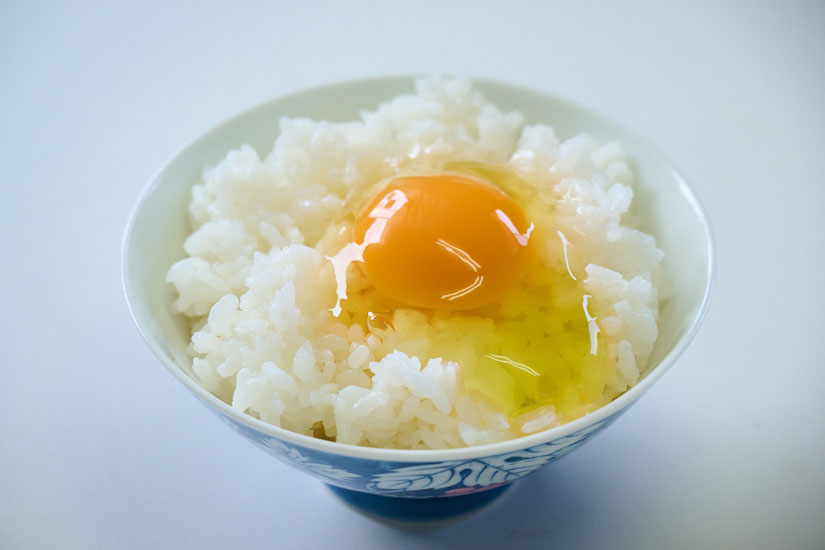
Kitagawa Chicken Farm’s main breed of chicken is called Sonia. Some retailers have asked us to switch to a white egg breed because these reddish eggshells don’t stand out on the sales floor,” says Kitagawa, “but we have no intention of changing at all. This is because the strong elasticity of the egg white of Sonia’s eggs is very attractive.
In addition, Kitagawa Chicken Farm brands eggs laid by young hens, which have more elastic and firm egg whites, as “Plinth Eggs. Young hens lay more plump eggs, but as they get older, their eggs become runny. That is why we select eggs from young hens. The plump eggs do not fall apart when cracked and dropped onto a plate, but rather maintain their firm shape and glide across the plate.
When we think of eggs, we tend to focus on the color of the yolk, but why are we so particular about the strength of the egg white? This is the result of responding to the demands of professional restaurants and confectionery stores that are our customers. For example, when baking cakes, strong egg whites hold more air when meringue is made, making a clear difference in the puffiness of the sponge. A sushi restaurant wanted to produce a crispy sponge cake egg, so they decided to introduce the Plinth Egg.
Of course, Kitagawa Chicken Farm is striving to improve the flavor of egg yolks with its own feed formulated by a feed designer, but Mr. Kitagawa also makes no compromises in the quality of egg whites, which are demanded by food professionals. Behind this attitude is an experience he had when his business was in crisis.
Realization from a business crisis
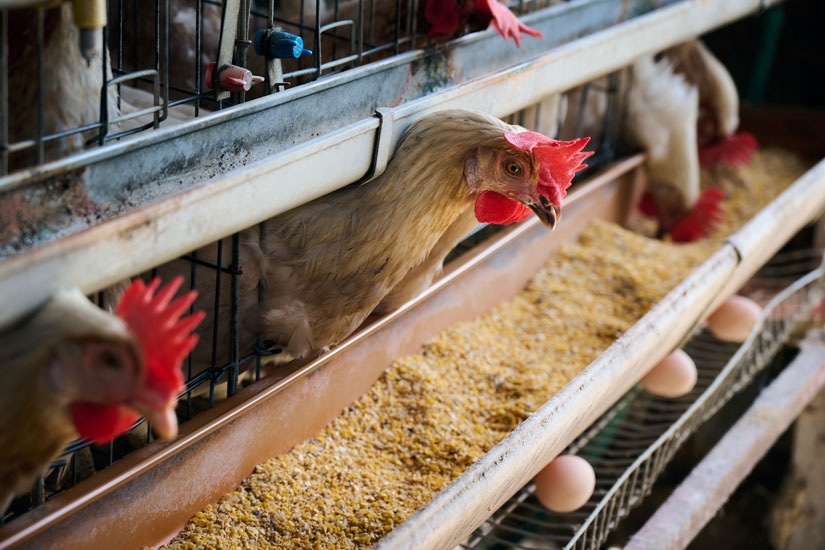
Around 2000, when Mr. Kitagawa took over the family business, Kitagawa Chicken Farm lost a large client due to price competition. With the business in a slump, Mr. Kitagawa desperately tried to make inroads into the market. He repeatedly visited stores that seemed to treat eggs as foodstuffs, only to be turned away at the door, but he recalls his feelings at the time, “I didn’t want to just sell at a discount. The price of eggs is all set by the market price,” he said. But for us, we want to sell our eggs at a fair price that reflects the hard work we put in every day on the farm.
As he continued his business without giving up, a confectionery store finally decided to use Mr. Kitagawa’s eggs. The pastry chef at the store complimented me on the strong egg white and the fluffy, delicious sponge it produces. At that time, I realized the importance of egg whites. Since then, Mr. Kitagawa has deeply engraved “Be a craftsman for craftsmen” as his farming philosophy.
Healthier Chickens in the Aozora Chicken Coop

Kitagawa Chicken Farm’s chickens are raised on corn, soybeans, and rice-based feed and fed mineral-rich groundwater. There is one method of raising chickens that has been followed since the first generation in order to make them stronger and healthier. This is the “Aozora Chicken Coop.
Mr. Kitagawa explains that in a typical poultry farm, chickens are raised in an environment without light and air, as they are less subject to external stress and require relatively less feed. On the other hand, “This Aozora chicken coop is located outdoors, so it is a stressful environment for the chickens. We believe that this, on the contrary, will help raise strong and healthy chickens,” he says.
Separating chicken houses according to the number of growing days

The most distinctive feature of the breeding method is that the chicken coops are separated according to the number of days the chickens are kept alive. Generally, a farm of Kitagawa Chicken Farm’s size can be kept in a single coop, but Mr. Kitagawa dared to set up 12 coops.
It is relatively well known to consumers that egg quality is affected by freshness, but in fact, the degree of growth of the hens also has a significant impact on egg quality. The question is how to keep young hens’ eggs taut and elastic, rather than old hens’ watery eggs, so that they are always ready for shipment. The answer to this question was the multi-house method of raising chickens.
The answer to this question was the multi-house method of raising chickens. However, for example, a cake shop may prefer eggs laid by the youngest hens, and we are able to quickly and consistently deliver eggs that meet the needs of such a client. This is the reason why we have gained such a high level of trust from our customers.
We want to make this an industry where the next generation can dream.
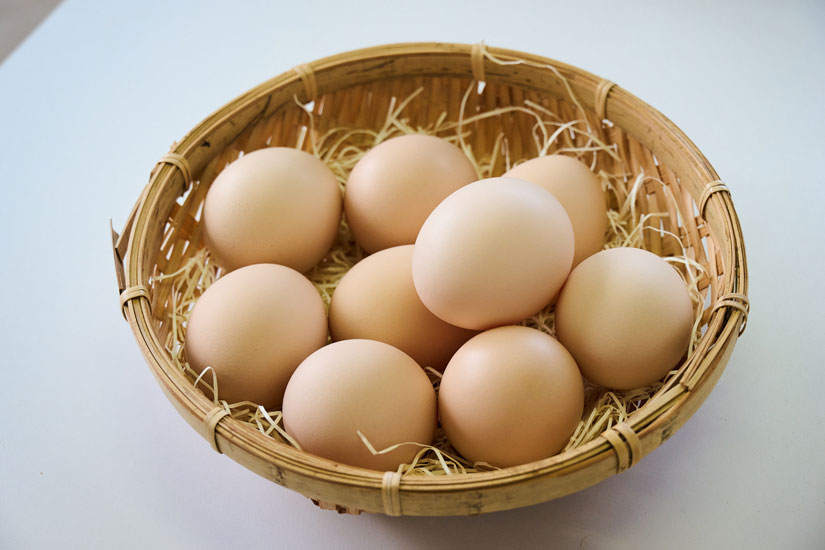
Mr. Kitagawa is enthusiastic about his future plans to produce puddings and other products. I think it will be even more difficult to run a business just by shipping to the market,” he says. I want to make it an industry where we have the right to determine prices, and where the next generation will want to do the same. Kitagawa Chicken Farm, which has successfully recovered from the crisis of a quarter of a century ago, continues to take on challenges for the future.



